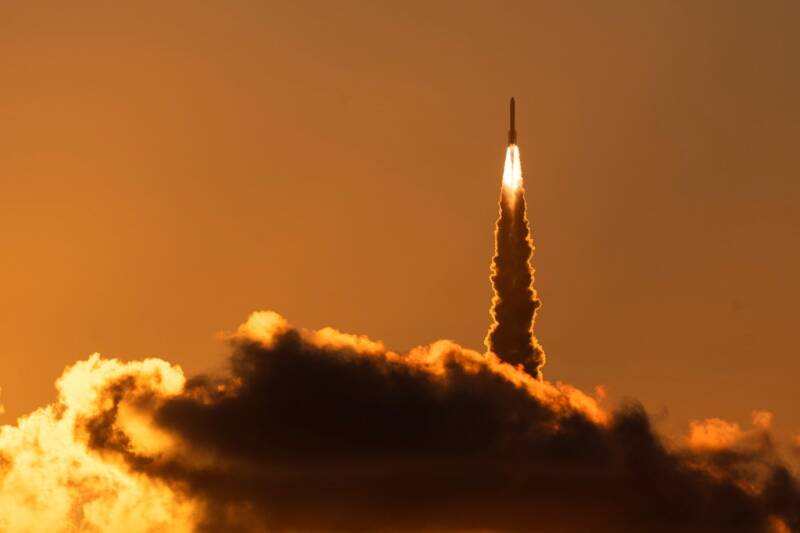Cape Canaveral, FL - United Launch Alliance (ULA), a joint venture between Boeing and Lockheed Martin, successfully launched its Vulcan Centaur rocket for the second time on 4th october. The mission marked a significant milestone in the development of the next-generation launch vehicle, despite an unexpected anomaly during liftoff.

Credit: ULA
Lift-Off and Mission Details
The lift-off occurred following a minor delay, as the team extended pre-launch checks. The first countdown was halted with just 1 minute and 51 seconds remaining for the launch due to a "transient on a redundant data system," according to ULA's chief executive Tory Bruno. Controllers quickly addressed the issue, resetting the countdown for a second attempt that successfully resulted in the rocket's launch. The Vulcan Centaur rocket lifted off from Space Launch Complex 41 at Cape Canaveral Space Force Station at 5:45 PM EDT.
The launch, dubbed as the Cert-2 mission, was primarily a test flight, carrying only a mass simulator and instrumentation. Originally, Sierra Space's Dream Chaser spaceplane was slated for the flight but was replaced by an inert payload in June due to scheduling issues with the spaceplane's readiness, Space News reported.
Anomaly During Liftoff
Video showed what looked like the nozzle of one of two solid rocket boosters connected to the Vulcan first stage coming off soon after liftoff, although the rocket was able to get to orbit and stay on its planned trajectory, according to ULA.
“We had an observation on one of our solid rocket boosters (SRB) that we are reviewing but we are overall pleased with the rocket’s performance and had a bullseye insertion,” said ULA CEO Tory Bruno.
As it climbed higher, the video feed showed one SRB with concentrated flame shooting out of its nozzle, while its other SRB was burning through its fuel with a more expansive plume.
“We will be off looking into that after the mission is complete. Other than that, the flight was nominal,” he said. “It was a gorgeous liftoff.”
Key Features of Vulcan Centaur
- Height: 228 feet (69.5 meters)
- Diameter: 17.7 feet (5.4 meters)
- Payload capacity: Up to 35,000 pounds (15,876 kg) to low Earth orbit
- Engines: Two BE-4 main engines, six RL10 upper-stage engines
- Fuel: Liquid oxygen and kerosene
Future Plans
United Launch Alliance picked up the bill for the second-ever launch of its Vulcan Centaur, but if Space Force signs off on rocket, it would open the door for ULA to begin collecting on a backlog of $3.1 billion worth of national security missions. ULA plans to conduct additional Vulcan launches in the coming months, including a certification flight for the U.S. Space Force. The company aims to establish the Vulcan as a workhorse for national security and commercial launches, competing with SpaceX's Falcon 9 and other launch providers.
The Vulcan's success marks a significant step forward for the U.S. launch industry, offering a new option for satellite operators and government agencies. As the space launch market continues to evolve, ULA's next-generation rocket is poised to play a critical role.
About United Launch Alliance
United Launch Alliance (ULA) is a joint venture between Boeing and Lockheed Martin, established in 2006. ULA has launched over 140 missions since its inception, with a focus on providing reliable and efficient access to space.


Add comment
Comments